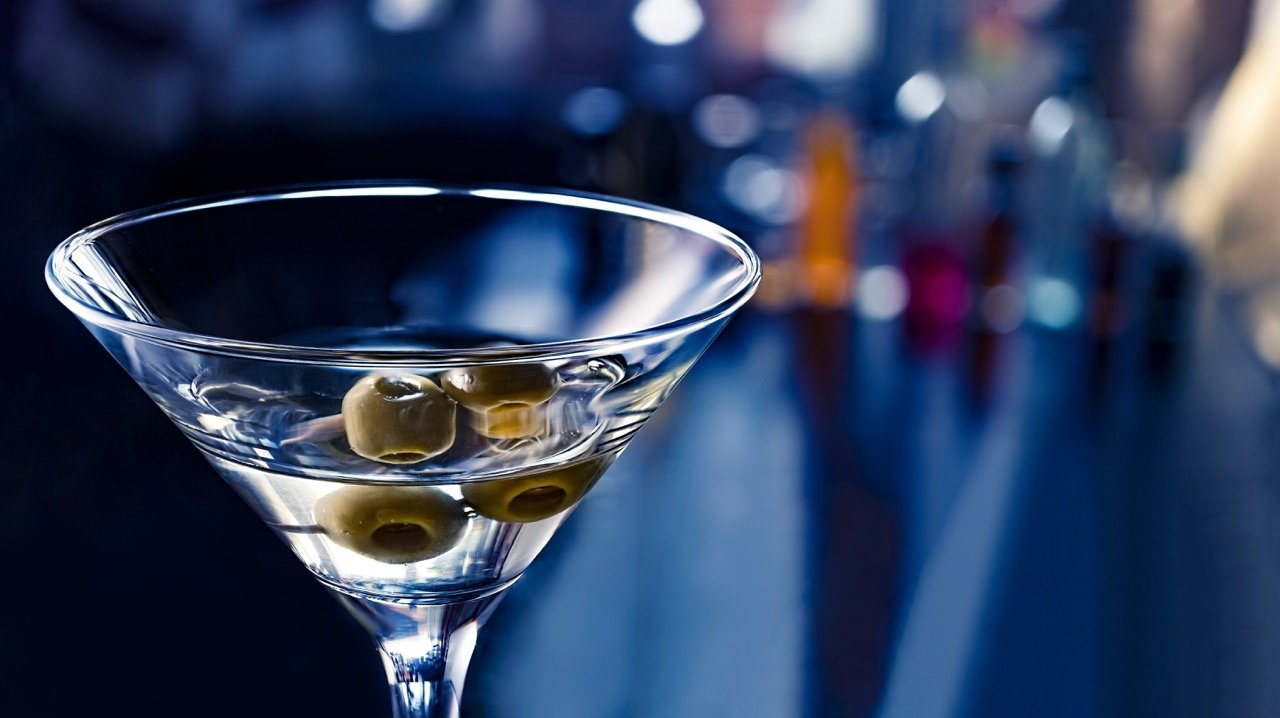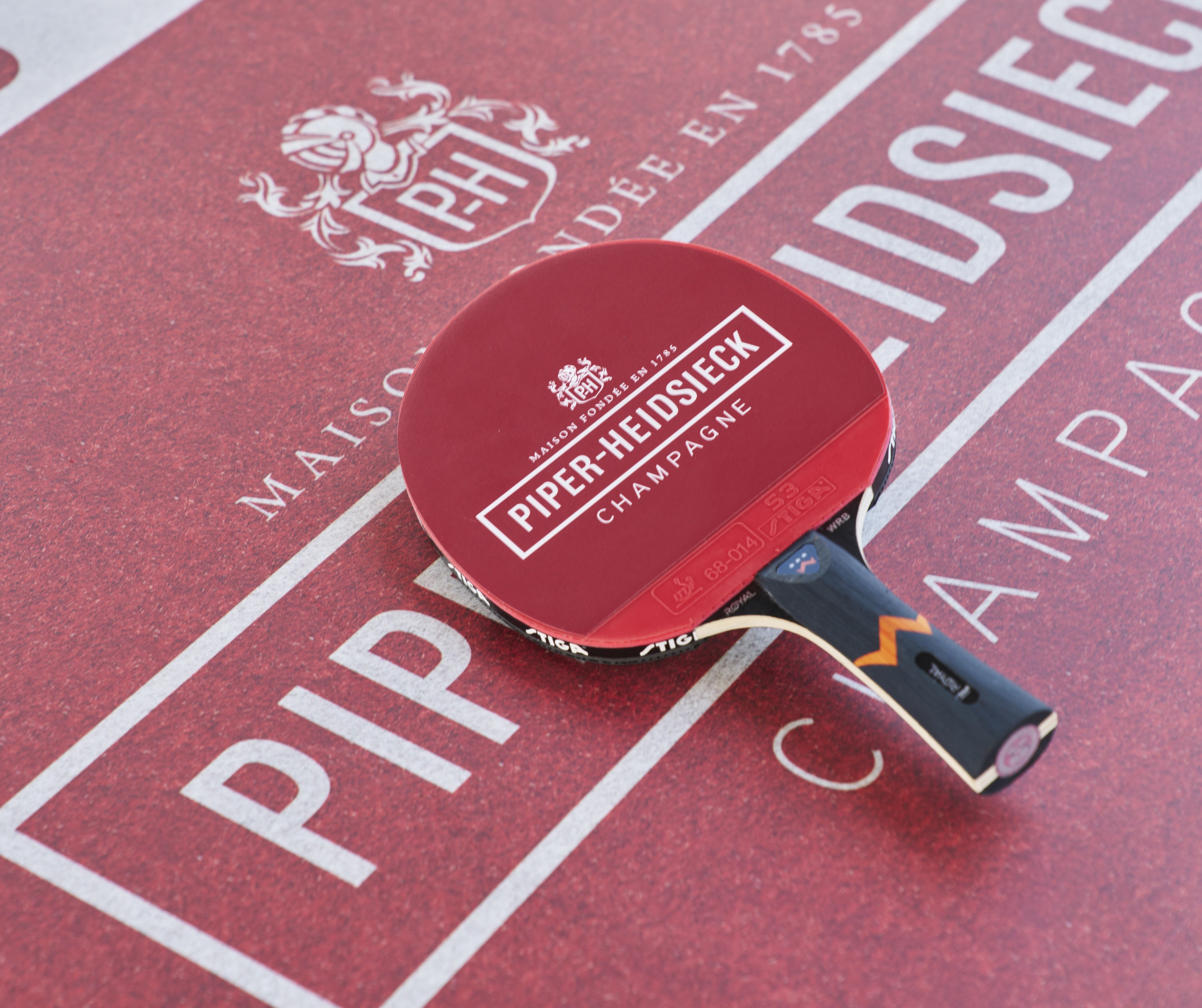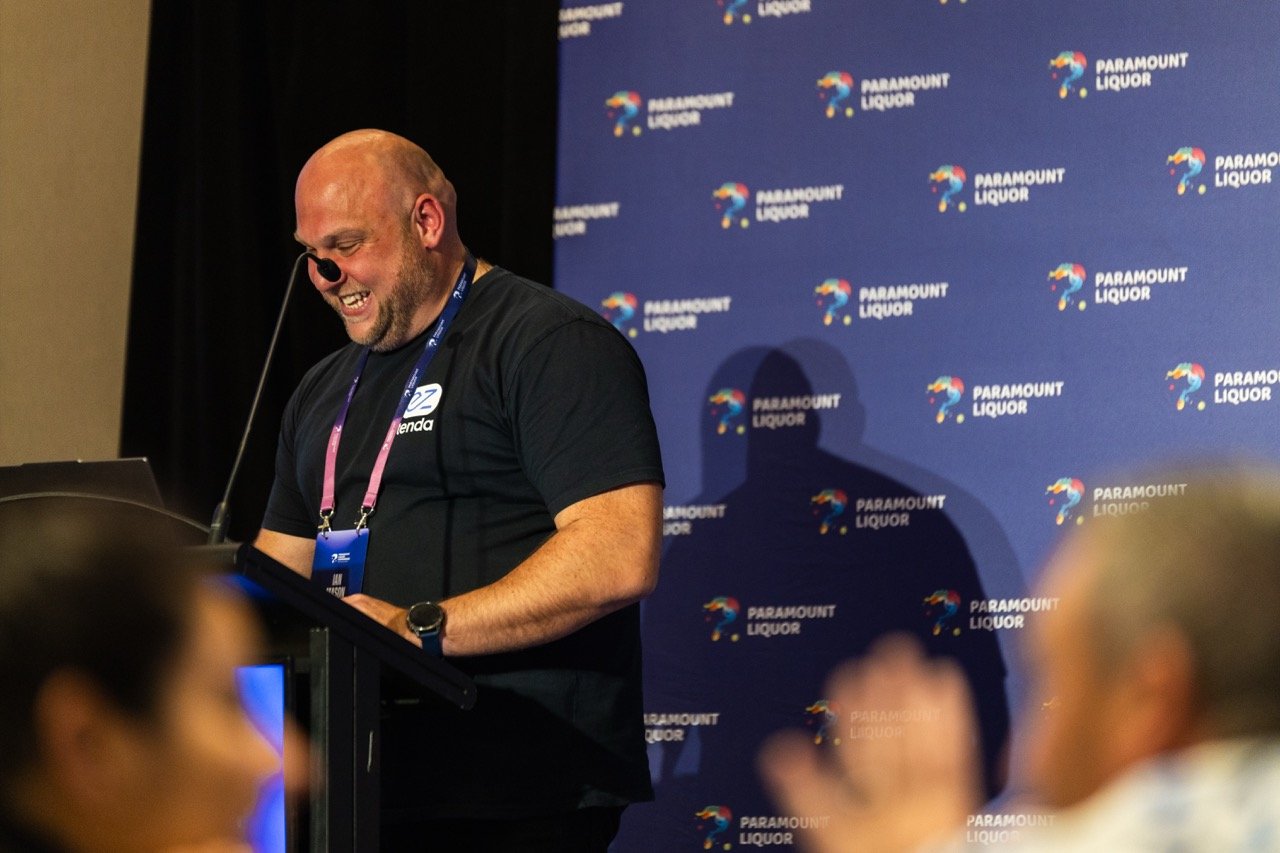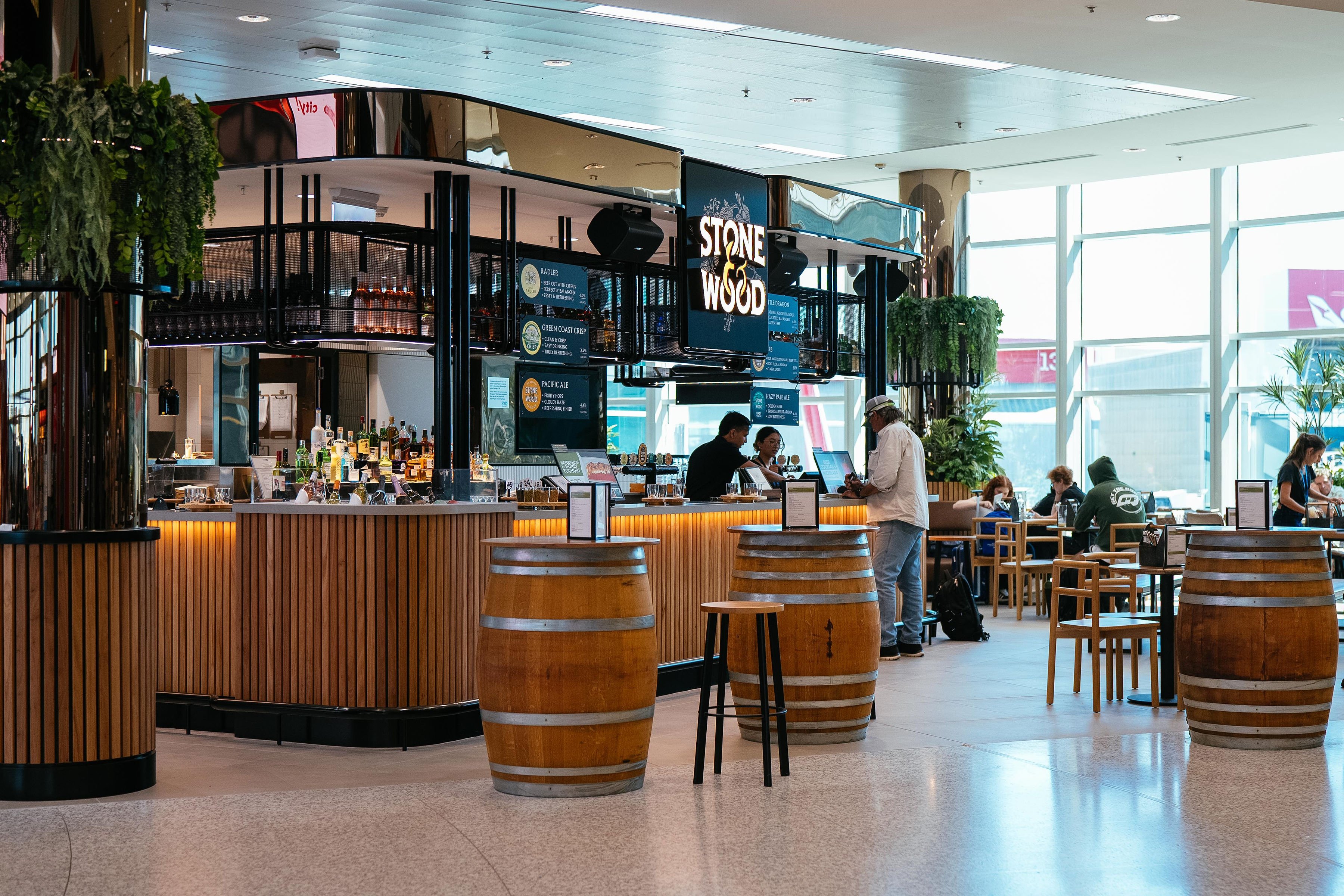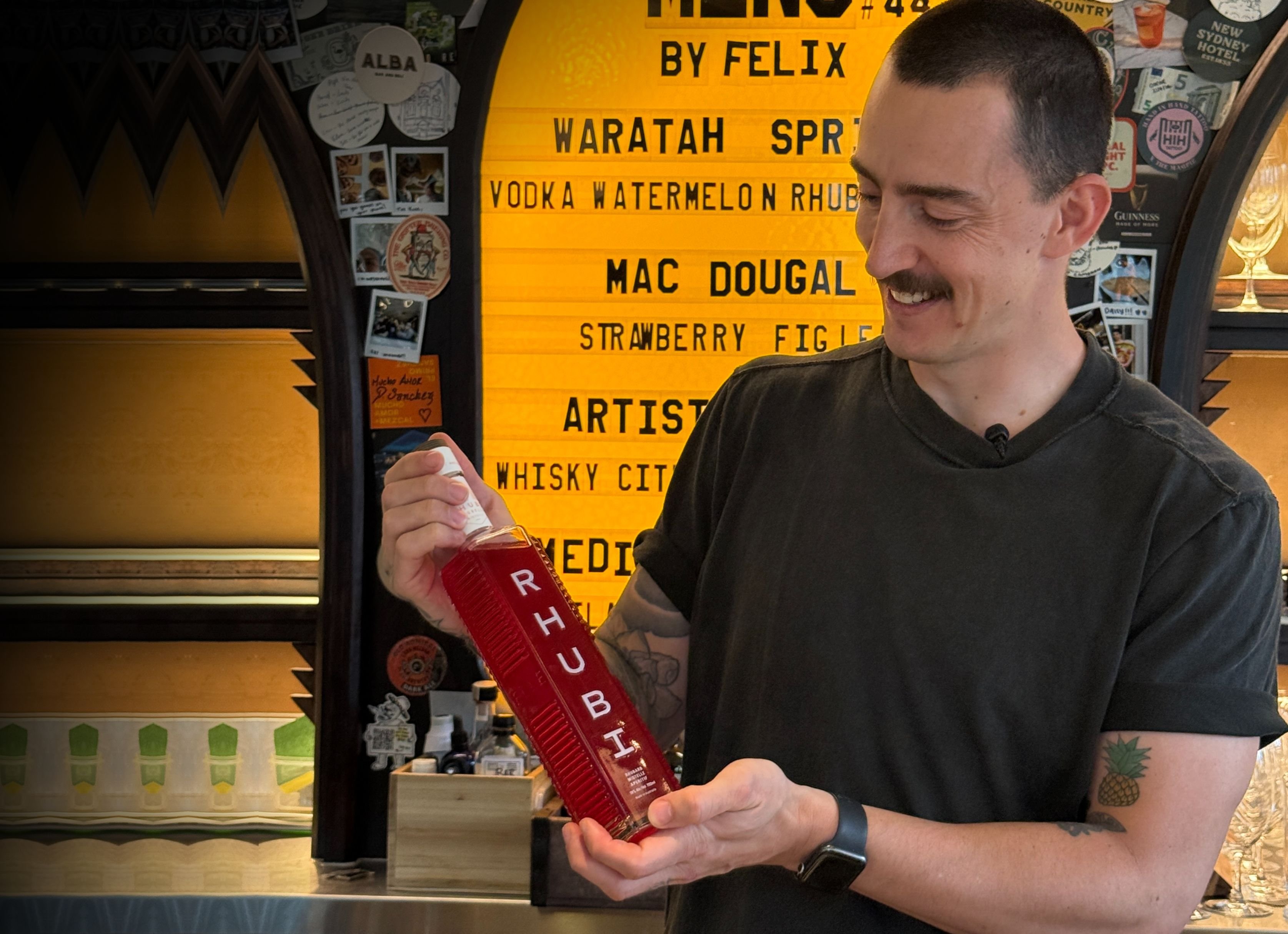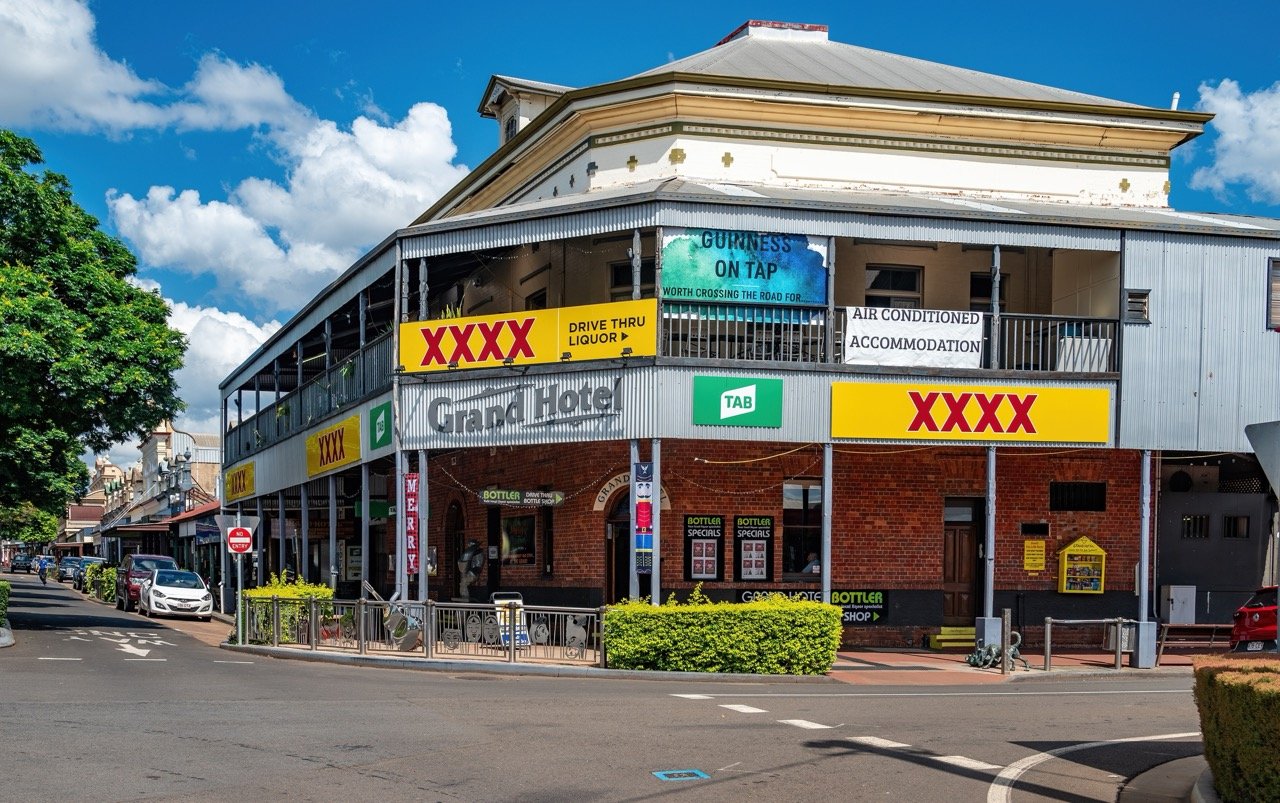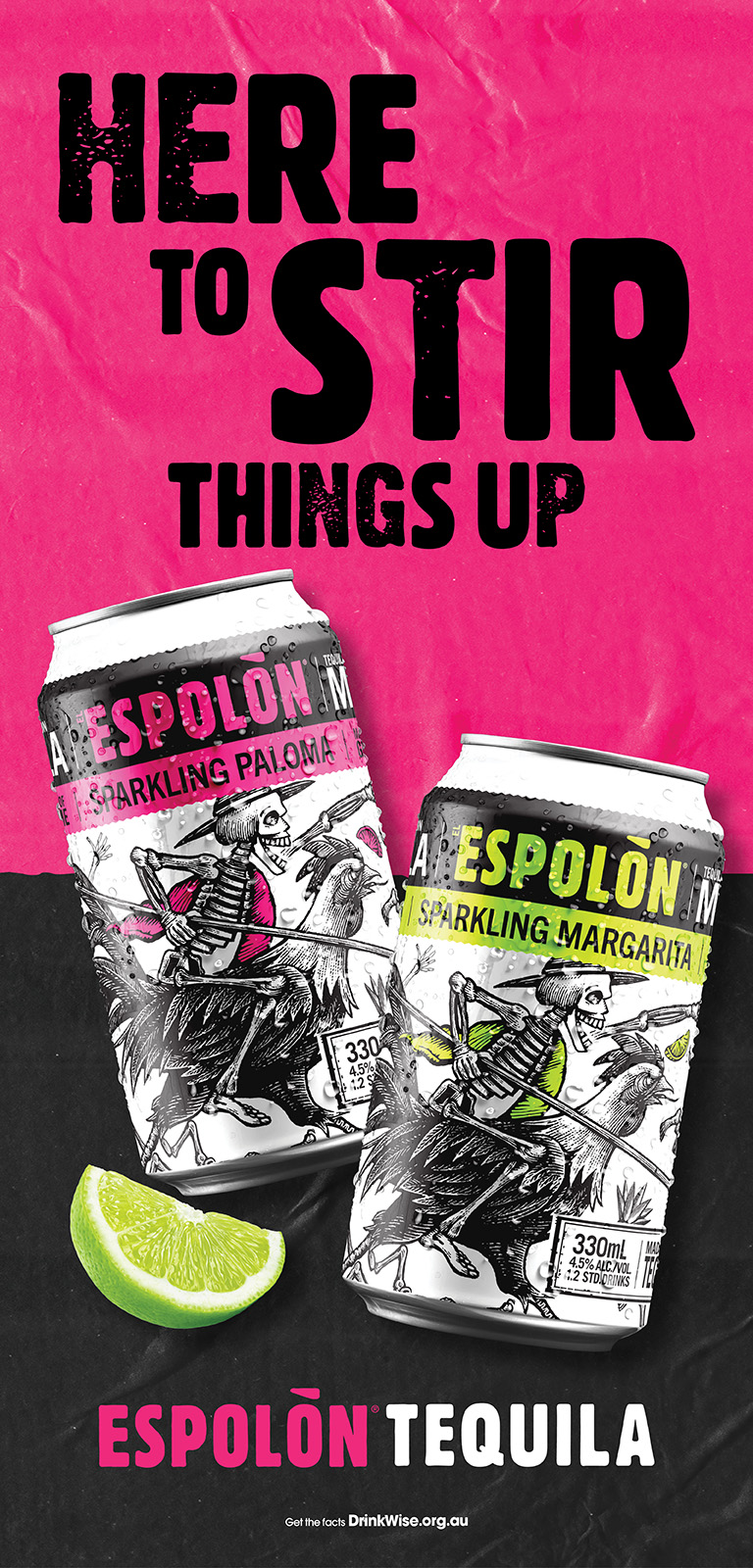According to CGA’s On Premise Measurement service, over the past 12 months, vodka sales represented $0.32 for every dollar spent on spirits in Australia’s licensed hospitality trade along with 34% of total volume. Despite this, the distribution landscape of the category is changing, with volumes dropping 3.2% in Australian bars and increasing 0.5% and 1.7% in pubs and restaurants.
“Vodka’s versatility and resonance across different venues and populations makes it comfortably Australia’s top out-of-home spirit,” said Tom Graham, CGA by NIQ’s Senior Manager - Customer Success.
“However, in line with global trends, sales have been under significant pressure in 2024, and vodka is increasingly challenged by alternative drinks.”
Given these pressures, Drinks Trade decided to reach out to a number of Australian vodka producers to hear their thoughts on the category and where it might be heading.
“I see the flavour forward category especially rising,” said Ally Ayres, Co-Owner and Head Distiller at Karu Distillery, producer of Morita vodka.
“A lot of people are shooting for less sugar, and so when you have something like a flavour-forward vodka, it is able to accommodate joining in with gin and sodas/gin and tonics.”
Ayres says that texture and mouthfeel is the most important factor to consider when selecting a quality vodka, with the base grain used often influencing the outcome.
“When it comes to a vodka with no flavour, it really heavily relies on the texture of the spirit. That can even be from the materials it was made with,” she said.
“Base spirit in vodka really contributes a lot its usability and what you want to use it… Wheat is a little bit more creamy on the palate and the mouthfeel; grape is a little bit smoother; [and] cane spirit is pretty neutral. [Also] just usability and how it really works for the opportunity of what what the vodka's purpose is. Is it sipping vodka/is it a cocktail vodka? If it's a cocktail vodka, are you really looking for textures so much? Also, it has to smell nice and not have any of those off flavours.”
“You can really taste the difference if you have them side by side, even though it's supposed to be something that's completely flavour neutral in its purest form. It doesn't have anything to hide behind.”
Jake Gautreaux, Founder and Managing Director of Thirsty Group, shared a similar point of view.
“With the exception of the people that really, really love their vodkas, not many people just sip on a vodka like they would with a spirit with a little bit more character,” he said.
“I think a good vodka - like Baxter for example - would be something that would be a little bit more flavoured and sort of played with at a cocktail level. It's so clean and smooth that you can add your own accent to it.”
In 2023, Baxter was recognised as the world’s most awarded vodka after receiving the Tasting Alliance’s Triple Still Award, an accolade only given to products that achieve Double Gold medals in the San Francisco World Spirits Competition, the New York World Spirits Competition and the Singapore World Spirits Competition in a single calendar year. Jake Gautreaux attributes this success to Baxter’s cleanness and smoothness.
“It’s this level of cleanness that is what is winning the awards, not its individual character, because that's not what vodka's really meant to be… I kind of agree when people go, oh, it's really boring. Like, it kind of is, but it's easy to get wrong, and it is hard to get right.”
Another important change in Australia’s vodka market is the growing diversity of price options. Traditionally viewed as a budget-oriented spirit category, Bacardi has this week launched its $205 Grey Goose Altius prestige vodka into Australia, following on from LVMH Moët Hennessy launching its $250 Belvedere 10 in May. By comparison, Baxter retails at $50 per bottle, Morita at $75, and Rested Morita barrel aged at $85 per bottle.
Ally Ayres said, “the abv of the spirit that you choose to go with basically [influences] how much tax you will be paying. [Costs are] also determined by the size of the company… You do see a lot of people coming out with cheaper styles of vodka, but for us, it's always flavour first.”
Looking forwards, Ally Ayres believes that Australia’s craft vodka is well positioned for growth.
“In Australia, a lot of people are barreling gin [and] vodkas; they're playing around with that sort of element of it and really being innovative in experimenting with something that was previously just seen as something that you have with soda,” she said.
“I do see that category growing a lot more… Australia doesn't have their spirit yet, so who knows: if the popularity of flavour forward vodka creeps up, maybe it's in contention.”
In addition to the slight shift in vodka sales by venue type, CGA's analysis has also revealed that Queensland overtook New South Wales as the state with the greatest volume of vodka sold in on-premise channels. Queensland now has a 27% market share, a 3% increase year-on-year. By comparison, New South Wales and Victoria experienced volume decreases of 16% and 13% respectively over the past year.
"To protect sales and share, suppliers must precision-target the right outlets in the right locations and adapt to people’s changing needs," said Tom Graham.
"Our OPM service provides the support they need to combat challenges and seize opportunities.”
Share the content
